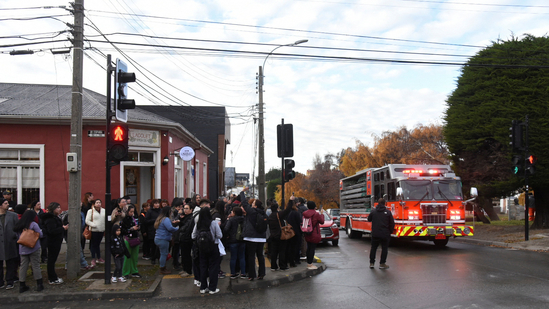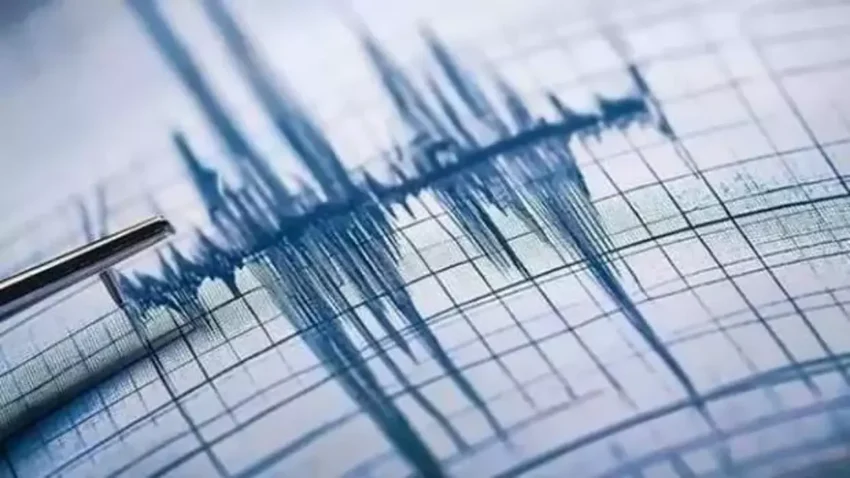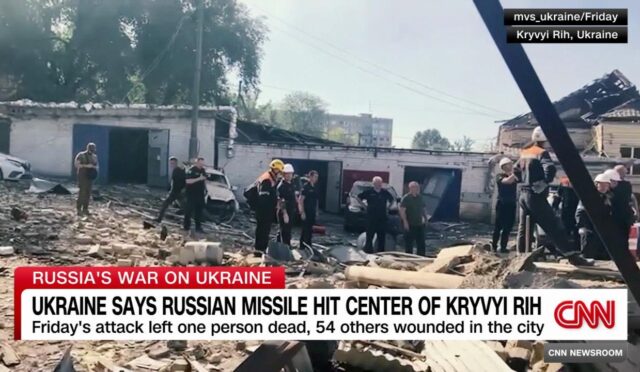PUNTA ARENAS, Chile – A significant earthquake, registering between 7.4 and 7.5 in magnitude, sent tremors across southern Chile and Argentina on Friday, immediately activating tsunami protocols and prompting the evacuation of vulnerable coastal communities in Chile’s Magallanes region. While the initial impact assessments suggest a fortunate lack of widespread destruction or casualties, the event underscored the region’s seismic vulnerability and the critical importance of rapid emergency response.
Violent Tremors in the Drake Passage Unleash Tsunami Threat
The powerful subterranean shift occurred in the Drake Passage, a turbulent body of water separating the southern tip of South America from Antarctica. The epicenter, located approximately 219 kilometers south of Ushuaia, Argentina, and 305 kilometers south of Puerto Williams, Chile, was relatively shallow at a depth of around 10 kilometers. This proximity to the surface amplified the potential for tsunami generation, leading both Chilean and international monitoring agencies to issue immediate warnings.
Chile’s Hydrographic and Oceanographic Service (SHOA) swiftly mandated the evacuation of coastal zones within the Magallanes region, encompassing the significant urban centers of Punta Arenas and Puerto Natales, as well as the sparsely populated but sensitive Antarctic territories under Chilean jurisdiction. The Pacific Tsunami Warning Center also weighed in, cautioning about potential hazardous waves within a 300-kilometer radius of the earthquake’s origin.
Coastal Communities Mobilize as Evacuation Orders Sound

The response in the affected Chilean areas was immediate. Local emergency authorities activated well-rehearsed evacuation plans, urging residents residing along the coastline to seek higher ground without delay. Eyewitness accounts and early video footage depicted a calm yet urgent exodus from the coastal fringes of Punta Arenas and Puerto Williams. The remote scientific and military outposts in the Chilean Antarctic were also promptly evacuated as a precautionary measure, highlighting the comprehensive reach of the alert.
Across the Beagle Channel in Argentina, the city of Ushuaia felt the tremors, leading authorities to temporarily suspend maritime activities as a safety precaution. However, the impact on the Argentine side appeared less severe, with no reports of significant damage or the need for widespread evacuations.
Emergency Response Activated, Rescue Readiness Prioritized

The Chilean government, spearheaded by President Gabriel Boric, moved swiftly to coordinate a national response. President Boric addressed the nation, emphasizing the government’s commitment to the safety of its citizens and assuring them that all necessary resources were being mobilized. He urged calm and adherence to the directives issued by emergency personnel, underscoring the importance of a unified and disciplined response in the face of potential danger.
While the initial assessments pointed towards a fortunate avoidance of major structural damage, Chilean emergency services, including police, fire brigades, and medical teams, were placed on high alert. Contingency plans for search and rescue operations along the potentially affected coastline were formulated, ready for immediate deployment should the tsunami waves cause unforeseen impacts. The overarching strategy emphasized proactive safety measures and preparedness for any eventuality.
Navigating the Crisis: Public Response and Scrutiny of Official Actions
- The Evolving Nature of Alerts: The initial blanket evacuation order for Magallanes was later refined, with a cancellation for the broader region but a continued warning for immediate coastal zones. The clarity and effectiveness of this evolving communication will be analyzed to ensure public understanding and compliance.
- Resource Allocation and Speed of Deployment: The efficiency with which resources are allocated and deployed to potentially affected coastal communities will be a critical metric in judging the effectiveness of the emergency response.
- Long-Term Monitoring and Support: Even in the absence of significant immediate damage, the government will be expected to outline plans for ongoing monitoring of coastal areas and providing support to communities whose livelihoods or infrastructure might have been affected by even minor tsunami activity.
Latest Updates: Alert Levels Adjusted, Vigilance Remains

As of late Friday evening local time, Chilean authorities announced the cancellation of the widespread preventative evacuation alert for the Magallanes region. However, a state of precaution remains firmly in place for all beach and coastal promenade areas, with a strong recommendation that these zones remain evacuated due to the persistent, albeit reduced, risk of unusual sea conditions.
SHOA continues its meticulous monitoring of sea levels and any potential residual tsunami activity. While the immediate threat of large, destructive waves has seemingly receded for the wider region, the call for vigilance along the immediate coastline underscores the unpredictable nature of such events. Further updates from official channels are expected as the situation continues to be assessed.
The powerful earthquake serves as a stark reminder of the dynamic geological forces at play in the region and the indispensable role of robust and well-coordinated disaster preparedness frameworks. The coming days will be crucial in fully understanding the ramifications of this event and ensuring the long-term safety and resilience of the communities in southern Chile and Argentina.







